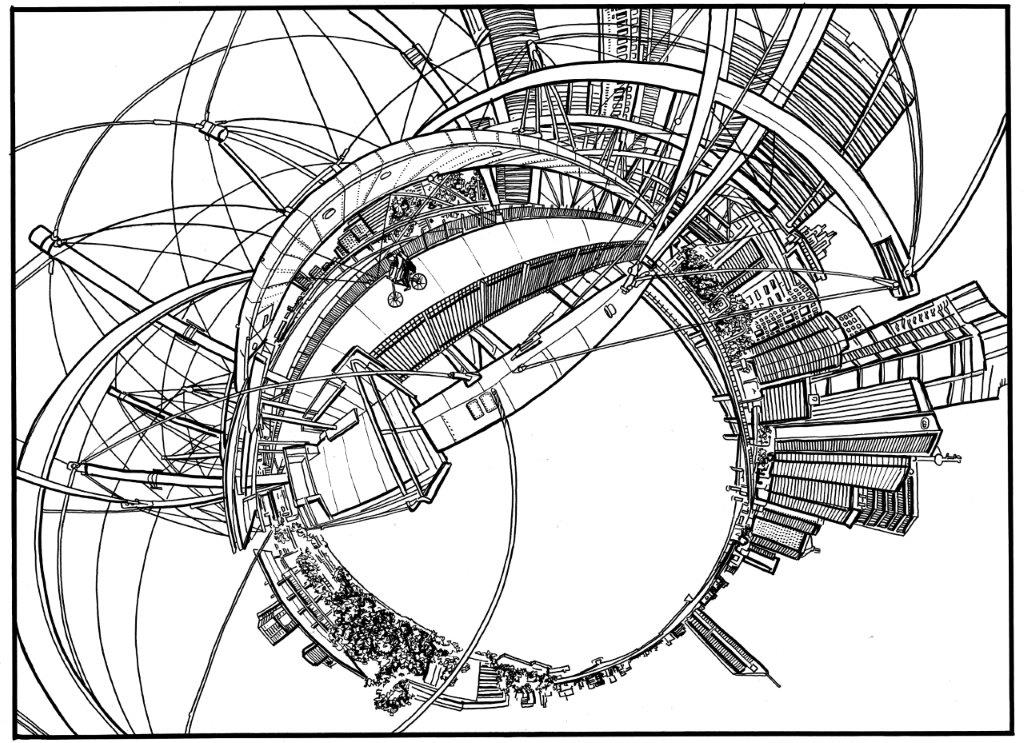
The Kurilpa Bridge - Brisbane
The Kurilpa Bridge in Brisbane, Australia, stands as a symbol of modern architectural innovation and cultural significance, bridging not only the physical gap between two banks of the Brisbane River but also connecting the city's past and future. This pedestrian and cyclist bridge was completed in 2009 and has since become an iconic landmark, both for its distinctive design and its cultural importance to the people of Brisbane.
The history of the Kurilpa Bridge can be traced back to the early 21st century when the need for a new pedestrian and cyclist bridge in Brisbane became apparent. The city sought to enhance its urban connectivity and promote sustainable modes of transportation. The bridge's construction was part of a broader initiative to make Brisbane more accessible, green, and people-friendly.
Designed by the renowned architect Richard Kirk, the Kurilpa Bridge is a marvel of contemporary architecture. Its sinuous and sleek form, resembling a serpent, has earned it the nickname "the DNA bridge." The bridge's design not only serves its practical function but also serves as a work of art. At night, it comes alive with an intricate lighting system that adds to its visual appeal and makes it a captivating spectacle.
Culturally, the Kurilpa Bridge plays a vital role in Brisbane's identity. It serves as a vibrant cultural hub, hosting various events, performances, and exhibitions. The bridge has become a stage for artists and musicians, further enriching the city's cultural landscape. Its location offers breathtaking views of the city skyline, making it a popular spot for locals and tourists alike to appreciate the beauty of Brisbane.
Moreover, the bridge's name, "Kurilpa," carries historical significance. In the indigenous Turrbal language, it means "place for water rats." This name pays homage to the rich indigenous heritage of the region and serves as a reminder of the importance of respecting and preserving the traditions and culture of the First Nations people of Australia.
In conclusion, the Kurilpa Bridge in Brisbane is not just a means of crossing the river; it is a testament to the city's commitment to progress, sustainability, and cultural inclusivity. Its innovative design, cultural significance, and community engagement make it a cherished and essential part of Brisbane's history and identity, a bridge that truly connects the past, present, and future of this vibrant Australian city.